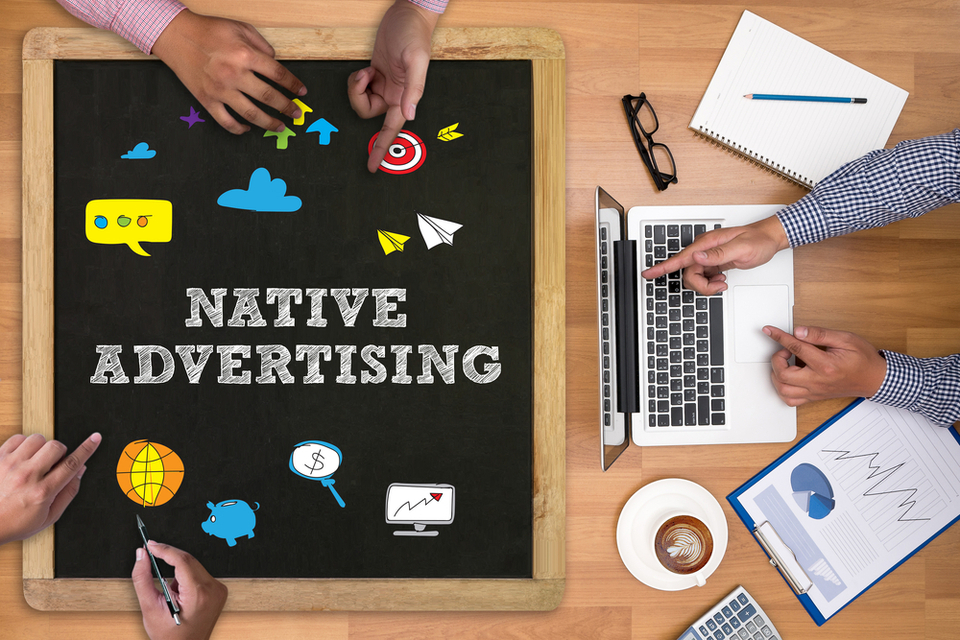Native advertising has become one of the most popular advertising methods on the internet today.
According to eMarketer, it’ll make up for nearly 61 percent of digital display advertising spend in 2019. That’s a staggering $41 billion in ad spend.
It’s easy to see why native advertising is so successful.
The ad method is non-disruptive, mimicking non-advertising content. As a result, it enjoys a higher viewing rate, more engagement, and greater conversion. Also, native ads build more relevance.
Be that as it may, this form of advertising has raised some concerns.
Some would argue that its non-disruptive nature could serve to deceive web visitors. In fact, a previous study suggests that most consumers don’t trust native ads.
So, a team of researchers conducted a study to understand the concern. They sought to determine how web visitors perceive and receive native advertising.
Here’s the take away from the study.
How Web Visitors Perceive Native Advertising
For the study, the researchers considered native advertising at the search platform of a mobile restaurant. They analyzed various formats of paid-search advertising and examined how over 200,000 users interacted with the ad.
After analysis, the researchers found no evidence that native ads deceive consumers. Instead, they treat the non-disruptive ad as they would handle any other commercial, and continued their product search.
Study author, Hirkesh S. Nair of Stanford University said:
“We found little evidence that native advertising ‘tricks’ Internet users into clicking on sponsored content and driving those users directly to the advertisers. Instead, we found that Internet users seem to view native ads as advertisements, and they use the content to deliberately evaluate those advertisers.”
The researchers point out that consumers that view native ads are more likely to click on the advertiser’s organic listings at a later date. In other words, consumers use the information from native ads to conduct their research about a product before making purchases.
The U.S. Federal Trade Commission requires that organizations behind native ads indicate when content is paid advertising.



















Comments (0)
Most Recent